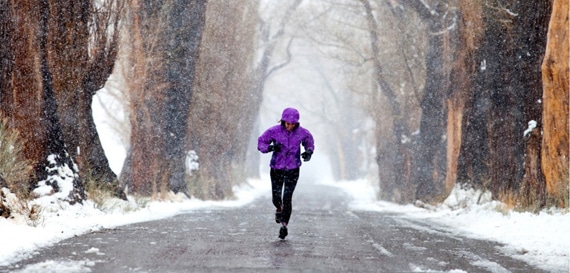Things that happen to our body with the cold.
The cold is near and we can feel it much more raw than on other occasions due to climate change. We are at that time of year where diseases attack wholesale, of course, if we do not protect ourselves from the cold properly. But not only viruses arrive and attack our body, but also the cold causes our body to change:
- The fingers look thinner and smaller: With the cold blood vessels contract to conserve heat and with it, there is less blood flow.
- We go more regularly to the bathroom: When sweating less with low temperatures our body eliminates fluids through urine.
- Reddened skin (red noses): When blood flow decreases, it usually accumulates in some parts of the body to give priority to these areas.
- Pain in extremities: The arteries narrow and limit the circulation of blood and this makes our extremities feel asleep, very cold and even cause us some discomfort in them.
- We tremble with cold: This is due to a cerebral reaction in the hypothalamus because this gland acts as a thermostat of the body and makes the heat stay in our vital organs, evading the rest of our body.
- We burn more calories: In cold climates to extremely cold, you can burn 500 calories, this in an adult person, because our body seeks to maintain body heat using our body fat and the calories of what we consume.
- It makes you more hungry: As serotonin decreases, which acts as a neurotransmitter and makes our body have the need to eat foods high in carbohydrates.
As you can see the cold changes the functioning of our body, with the sole objective of maintaining body heat. Protect yourself in this cold season.







Comentarios
Publicar un comentario